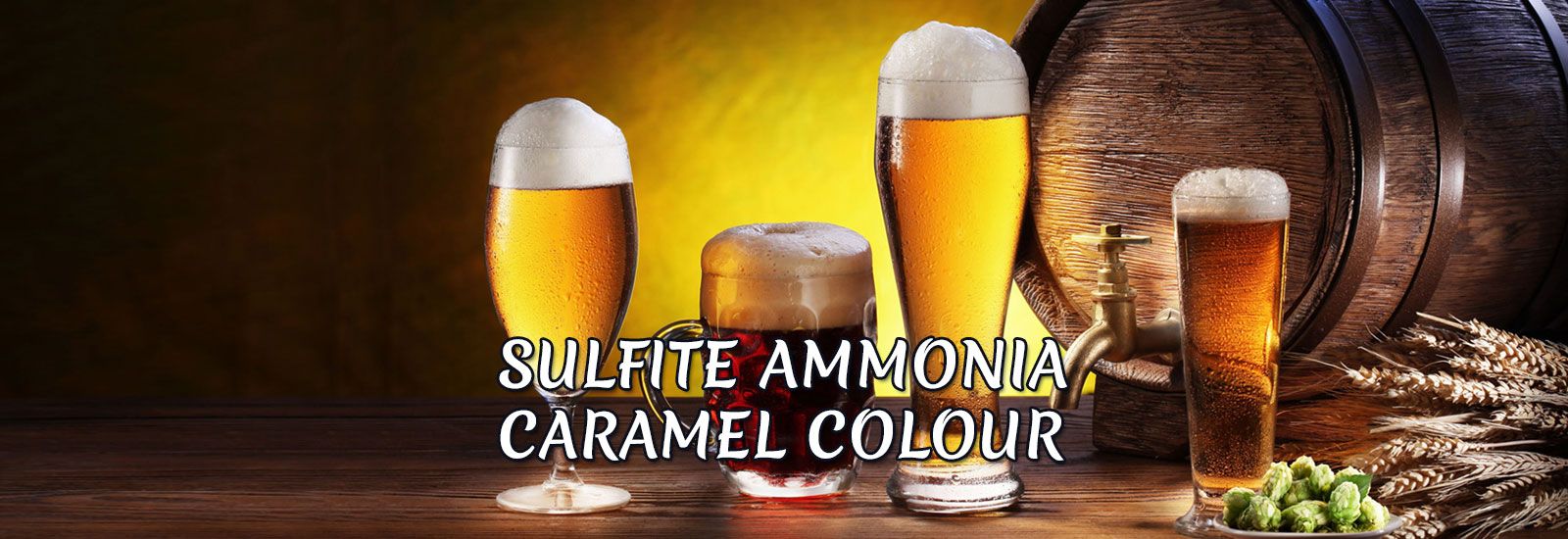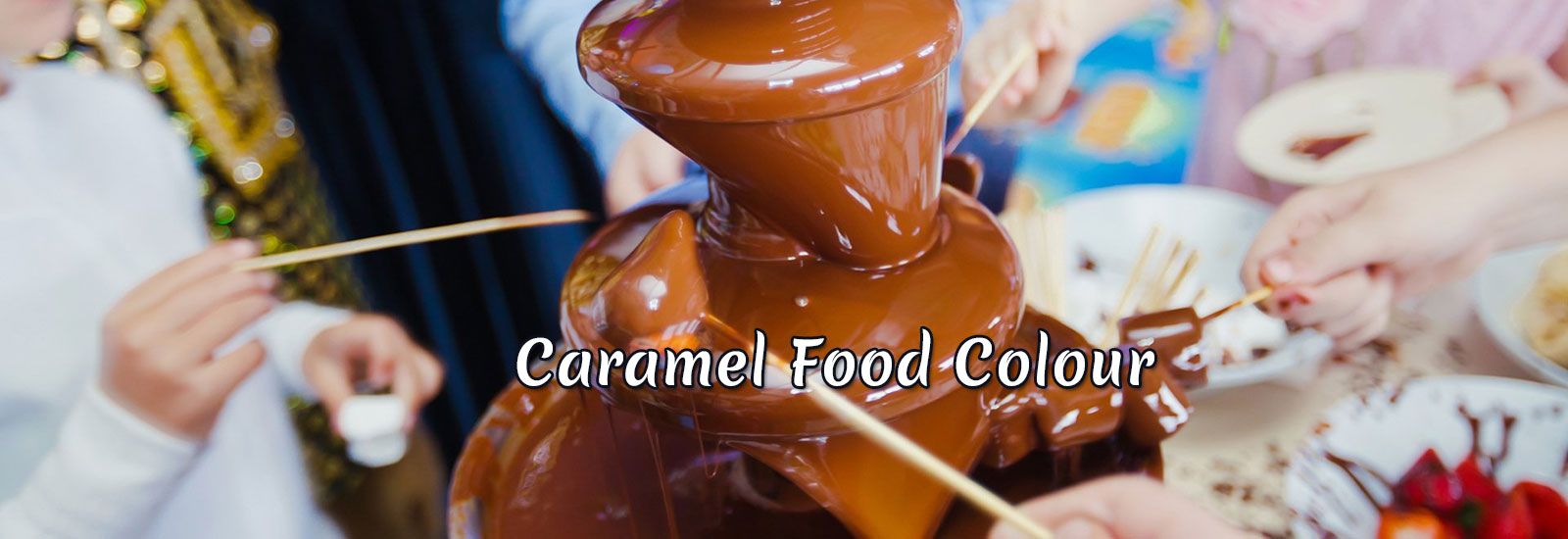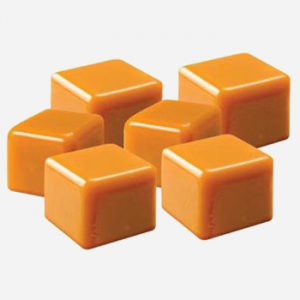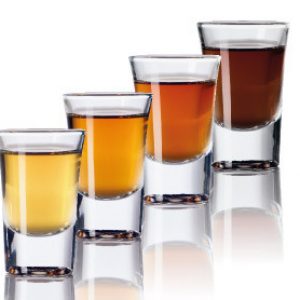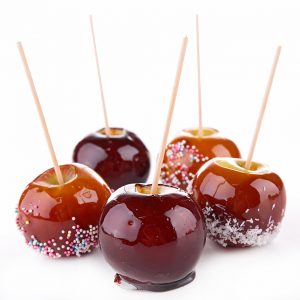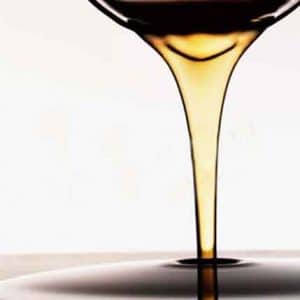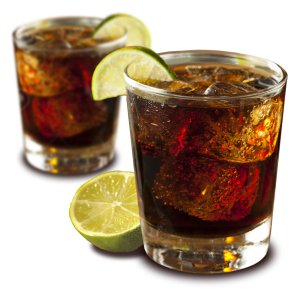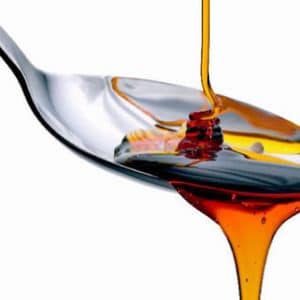Caramel Color
EVERYONE DESERVES THE QUALITY FOOD, SO WE PROVIDE QUALITY CARAMEL COLOUR
Mascot Food Colours is an Ahmedabad-based Manufacturer, Supplier, and Exporter of a comprehensive scope of Natural Caramel Colors, Liquid Burnt Sugar, and Natural Food Colours. Our Natural Caramel Colours have been hailed for their superb coloring properties. They are completely safe, stable and legally permitted for use in food preparations. All the base materials utilized in the manufacturing of all our products are of high quality to furnish our customers with the best items available in the industry. By giving quality products for more than three decades, we have cut a specialty for ourselves in the Natural Food Colours Industry. We are likewise the brand name in the market for manufacturing the Caramel Food Colour in India.
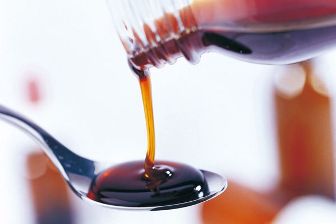
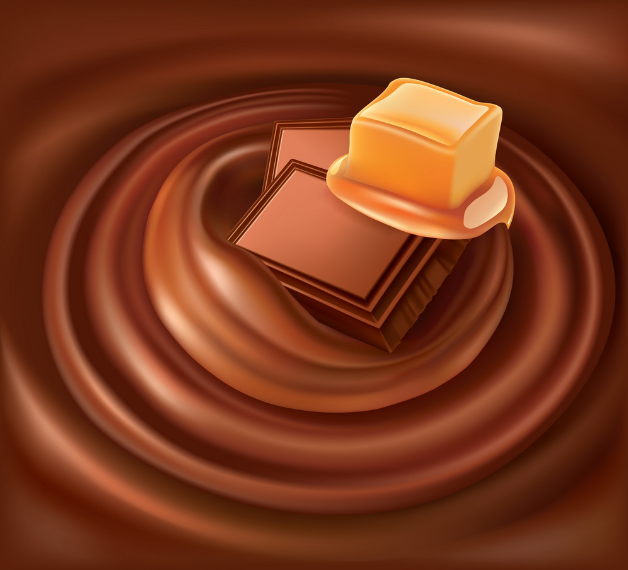
Our offered products are hugely demanded in diverse industries and are maximally utilized in various applications. We have huge market knowledge, of our products and brand name we have manufactured a system of prominent customers everywhere throughout the world. We are figured as one of the real Manufacturers, Exporters, and Suppliers of quality Caramel Food Color. Different customers lean towards our Caramel Color for our sheer consistency in quality and dependability in giving quality products at market-affordable prices. Our all products are hugely demanded by our customer base. Mascot Food Colors knows that every product in the food and pharmaceutical industry is incomplete without the colors and the flavors, further, each of them needs a different taste and color to make it exciting. Our experts distinguish the needs of these ever-progressing industries and are consistently into the making of any imaginable flavor and color for our customers needs.
Caramel Colour Product Range
What is Caramel Colour and its procedure?
Caramel Colouring is considered to be the world’s most hugely utilized food coloring. This Caramel Color is a burnt or caramelized sugar and starches usually in a water suspension. It is made by heating sugar and the process is well-known as caramelization. The color of the Caramel ranges from pale yellow to amber to dark brown and by adding these colors to different food items, diverse colors are created. Caramel color is one of the oldest and most widely used food colorings in the food industry. These Caramel Colours are largely utilized to impart color in numerous foods and beverages including colas, soya sauce, seasonings, bread, pet foods, cereals, etc. The caramel color is utilized in a few cosmetic and non-food applications.
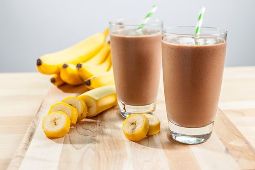
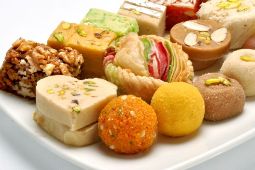
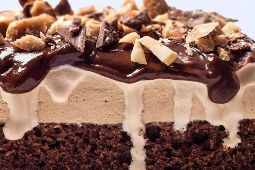

Caramel is a beige to dark-brown confectionery product made by heating any of a variety of sugars. It is utilized as an enhancement in puddings and pastries, as a filling in bonbons, and as a topping for ice creams, custards, and caramel corn. The procedure of caramelization comprises of warming sugar gradually to around 170°C. As the sugar warms, the particles separate and re-shape into mixes with a trademark color and flavor. An assortment of confections, sweets, and sugary treats are made with caramel brittles, nougats, pralines, and caramel apples.
Caramel Colour : The Science and Art
It is well-known that Caramel color is widely used in food products, such as Caramel Color I is used in high-proof spirits, Caramel Color II is used in high-proof spirits containing certain vegetable extracts, Caramel Color III is used in beer, gravies, mixes, and sauces, and Caramel Color IV is used in soft drinks and other food products. It is well-known in the market that Caramelization is the oxidation of sugar, a process used extensively in cooking for the resulting nutty flavor and brown color. Caramelization is a type of non-enzymatic browning reaction. As the procedure happens, unstable chemicals are discharged delivering the trademark caramel flavor. The response includes the evacuation of water (as steam) and the separation of the sugar. The caramelization response relies upon the kind of sugar. Sucrose and glucose caramelize around 160C (320F) and fructose caramelizes at 110C (230F).
caramelization temperature
| Sugar | Temperature |
| Fructose | 110°C, 230°F |
| Galactose | 160°C, 320°F |
| Glucose | 160°C, 320°F |
| Maltose | 180° C, 356° F |
| Sucrose | 160° C, 320° F |
Flavor Analysis of Caramel Colour
Before the dispatch of the caramel color to our customers, complete testing is done of the finished products. First and foremost the customers look for colouring strength and compatibility of caramel color with other ingredients. Improving visual demand is the main purpose of caramel color in a food or beverage system. Caramel color also:
- Protects other ingredients from light deterioration
- Emulsifies flavor agents in the preparation of soft drink concentrates
- Standardizes batch-to-batch color variation
Prior to manufacturing the caramel color, we discuss with the customers and we manufacture the colour that is traditionally specified color intensity, colloidal charge, pH, specific gravity, and viscosity as their key requirements for Caramel Color. The flavor is not customarily a key part as caramel color can be described as just marginally intense or having a slight burnt sugar note. Some caramel colors do, in any case, demonstrate flavor differentiation and can affect the kind of nourishments and drinks.
The taste of caramel color is mainly bitter, with Class III and IV caramel conveying more nibble than Class I caramels. Class I caramel color contains enhanced mixes like those found in chocolate and cooked meat. Some Class I caramel colors contain large amounts of key mixes found in roasted coffee beans.
Classification of Different Types of Caramel Colour
| Class | Common Names | E Number | Restrictions on Use | Uses |
| Type I | Plain Caramel, Caustic Caramel, Spirit Caramel | E150A | No ammonium or sulfite compounds can be used. | Whiskey |
| Type II | Caustic Sulfite Caramel | E150B | In the presence of sulfite compounds but no ammonium compounds can be used. | |
| Type III | Ammonia Caramel, Baker’s Caramel, Confectioner’s Caramel, Beer Caramel. | E150C | In the presence of Ammonium Compounds but no Sulfite Compounds can be used. | Beer, Synthetic Soy Sauce, and Confectionery. |
| Type IV | Sulfite Ammonia Caramel, Acid-Proof Caramel, Soft-Drink Caramel | E150D | In the presence of both Sulfite and Ammonium Compounds. | Acidic environments such as Soft Drinks. |
Why Choose Mascot Caramel Colour?
- Extensive experience and industry knowledge
- State-of-the-art production facilities
- Use of quality color, dyes and chemicals that match up with defined industry standards
- Timely delivery of work orders
- Proven record in successfully handling both small and bulk orders
- Cost effective products backed by excellent after sales service support

